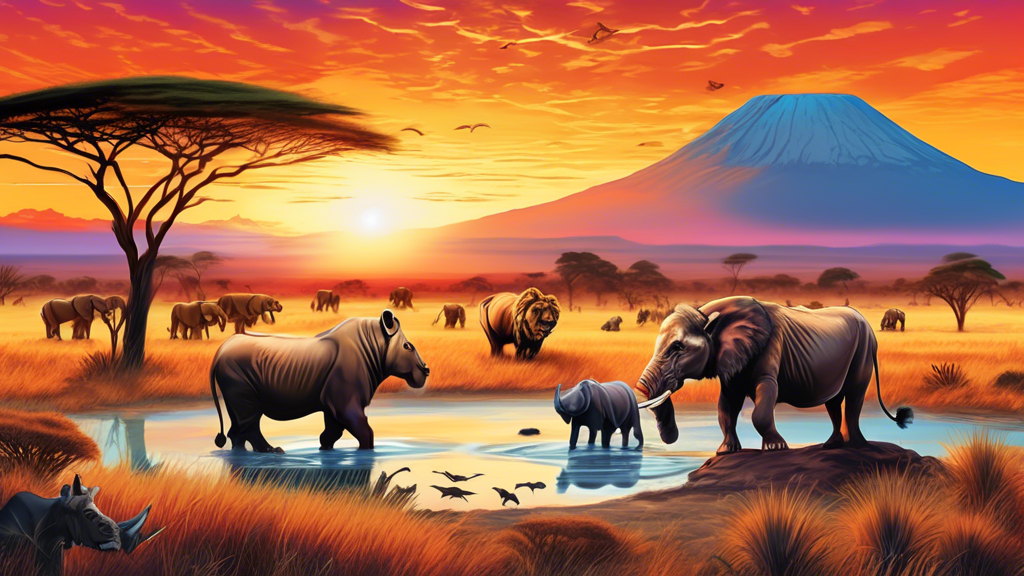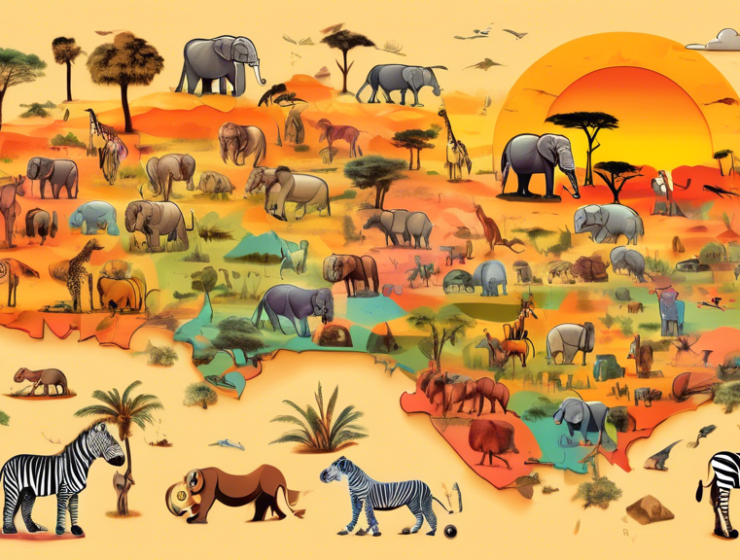Introduction to the Big Five
The term Big Five refers to five of Africa’s greatest wild animals: the lion, leopard, rhinoceros, elephant, and Cape buffalo. Originally used by hunters to describe the five most difficult animals in Africa to hunt on foot, the term now signifies a checklist for wildlife enthusiasts and conservationists alike during safaris. Seeing the Big Five up close is considered one of the ultimate highlights for any wildlife observer and represents a significant tourist draw for various African countries.
Best Destinations for Viewing the Big Five
Kruger National Park, South Africa
One of Africa’s largest game reserves, Kruger National Park offers exceptional opportunities to see the Big Five. Its vast landscapes range from dense forests to open savannahs, providing ideal habitats for a diverse range of wildlife. The park is also recognized for its outstanding safari lodges and guided tours, making it an excellent choice for both first-time visitors and seasoned explorers.
Masai Mara National Reserve, Kenya
Renowned for the Great Migration, the Masai Mara is equally famous for its resident populations of Big Five animals. The best time to visit is between July and October when herds of wildebeests and zebras migrate across the plains, attracting predators and facilitating spectacular wildlife viewing.
Serengeti National Park, Tanzania
Similar to the Masai Mara, the Serengeti is famous for its part in the Great Migration. Its vast, open landscapes make sightings of lions and leopards particularly common. The park also offers a chance to see the endangered black rhinoceros, which is a rare sight in many other regions.
Chobe National Park, Botswana
Chobe is best known for its large herds of elephants, with numbers so dense that sightings are guaranteed. The park similarly hosts a robust population of buffalo, lions, and occasionally, rhinos. Moreover, its water-based safaris on the Chobe River provide a unique perspective for wildlife watching.
Etosha National Park, Namibia
Etosha National Park offers a different experience with its salt pan visible from space. Waterholes around the pan attract a plethora of wildlife, including members of the Big Five, presenting optimal viewing opportunities especially during the dry season from May to October.
Factors to Consider When Planning a Safari
Time of Year
The best time to go on a safari varies depending on location and desired wildlife interactions. Generally, the dry seasons offer better opportunities as animals congregate around water sources, making them easier to spot.
Type of Safari Experience
Options range from luxurious lodges to camping under the stars. Choices will affect not just budget but also how close you can get to the wilderness. Mobile safaris offer the flexibility to follow animal movements, while stationary lodges provide comfort and often better amenities.
Conservation Efforts
It’s important to choose tours and lodges that support local wildlife conservation efforts. Ethical tourism helps ensure that future generations will also be able to enjoy the splendor of the wild animals of Africa.
Conclusion
An African safari is a profound way to connect with nature and see some of the world’s most iconic animals in their natural habitat. The Big Five embody the power and majesty of the continent’s wildlife and offer thrilling moments for photographers and animal lovers alike. When planning your safari, consider not only the sights but also the impact of your visit on the environment and local communities.





